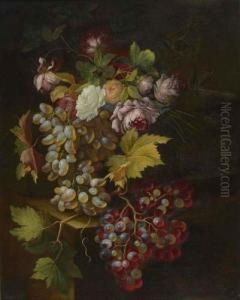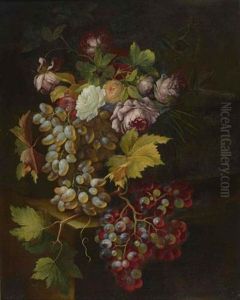Johannes Hubertus Reygers Paintings
Johannes Hubertus Reygers was a Dutch artist known for his work as a painter, watercolorist, and graphic artist. Born on January 5, 1891, in Amsterdam, Netherlands, he developed an interest in art at a young age and pursued his artistic education at the Rijksacademie van beeldende kunsten (State Academy of Fine Arts) in Amsterdam.
Reygers's art was influenced by the movements of his time, particularly by Impressionism and later by Expressionism. He was known for his landscapes, cityscapes, and still-life paintings, which were characterized by a vibrant use of color and dynamic brushwork. His approach to art was often experimental, as he played with light and shadow to create mood and atmosphere in his works.
Throughout his career, Reygers exhibited his work in various galleries and art shows, both nationally and internationally. His contributions to the Dutch art scene were recognized by his peers and art critics, as he became part of a community of artists striving to capture the essence of the modern world through their art.
During the 1920s and 1930s, Reygers's work evolved as he became more engaged with social issues and the human condition. This shift in focus was reflected in his choice of subjects, as he often depicted scenes of everyday life, emphasizing the emotional and psychological experiences of his subjects.
Johannes Hubertus Reygers passed away on November 1, 1961, leaving behind a legacy of artistic exploration and a body of work that continues to be appreciated for its emotional depth and technical skill. His paintings remain in private collections and museums, continuing to inspire and be studied by art enthusiasts and historians alike.

